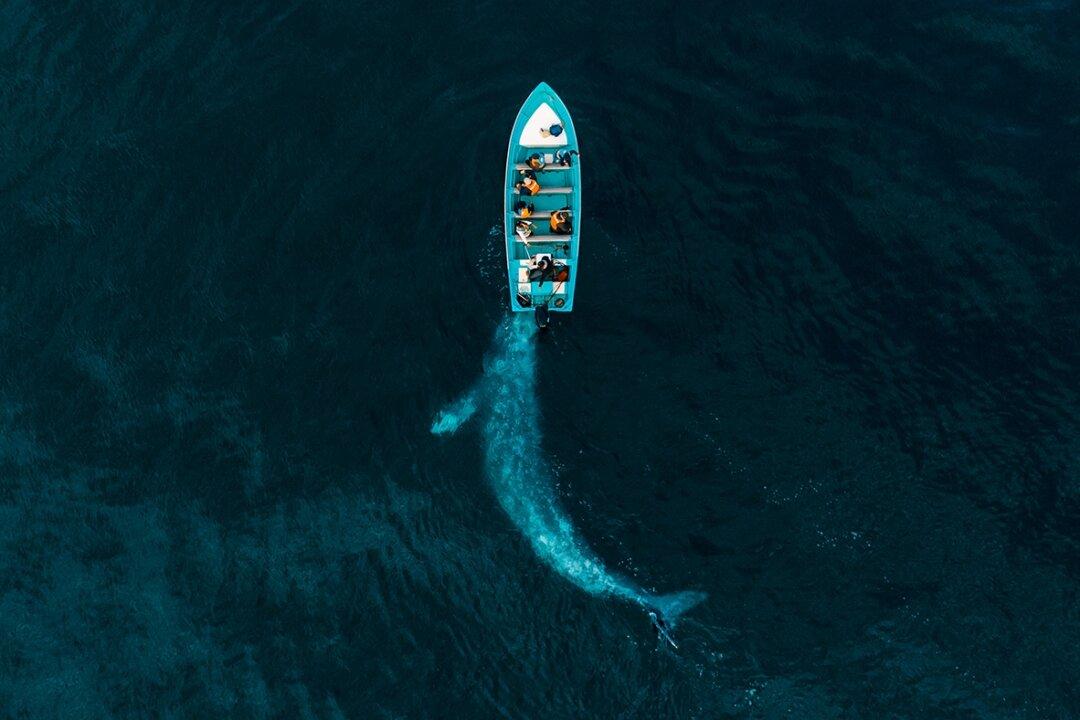Oregon State University marine ecologist Leigh Torres has studied gray whales along the Oregon coast for more than six years. That naturally raises a question: Does she have a favorite?
“I like that one whale, Solé,” Torres told The Epoch Times. “She has a really distinct place she likes to be and foraging style.”






